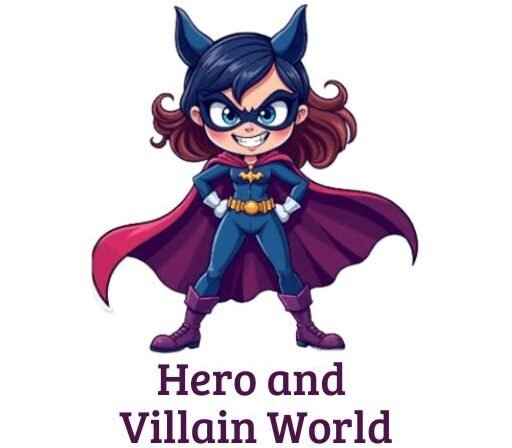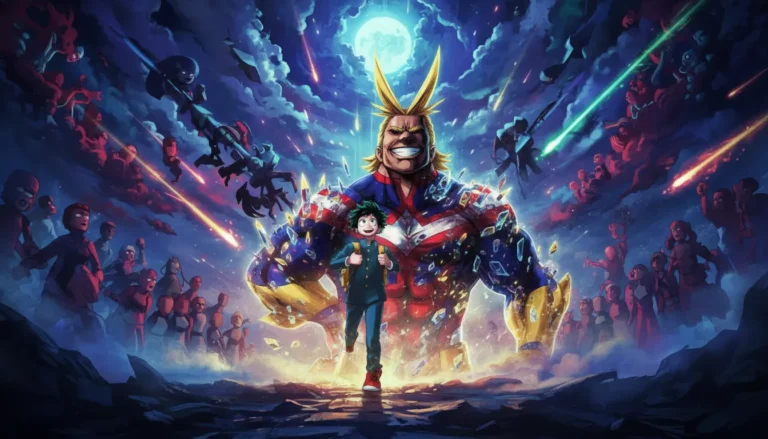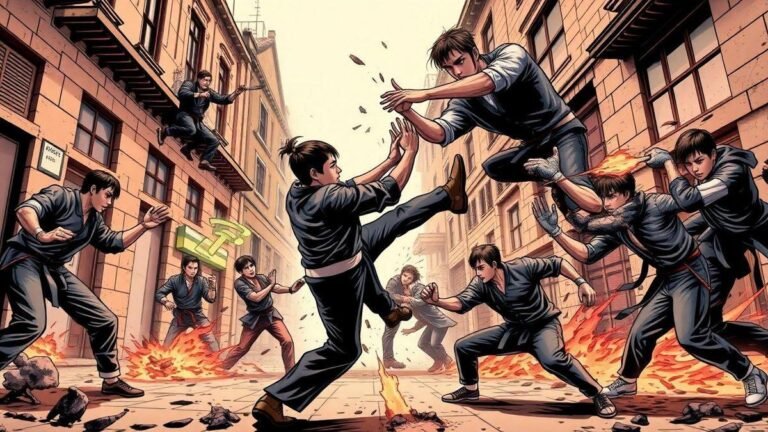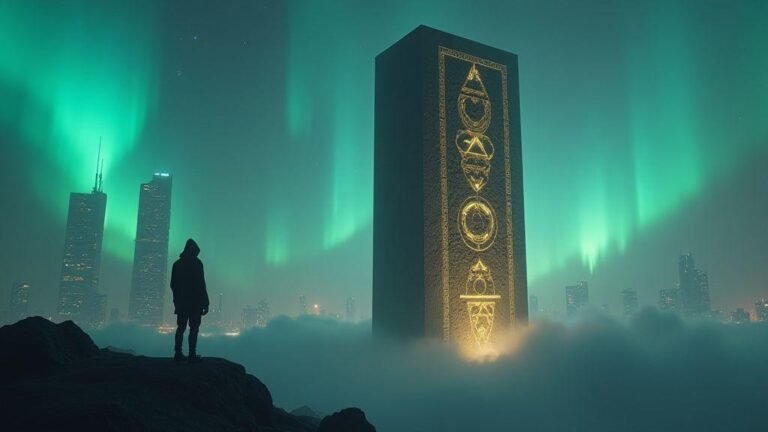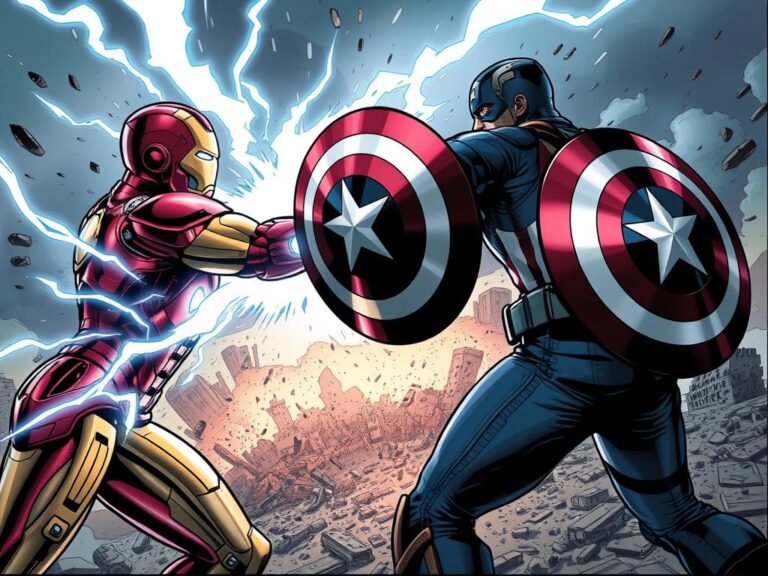Flats First: How Comic Book Color Starts Before You Think
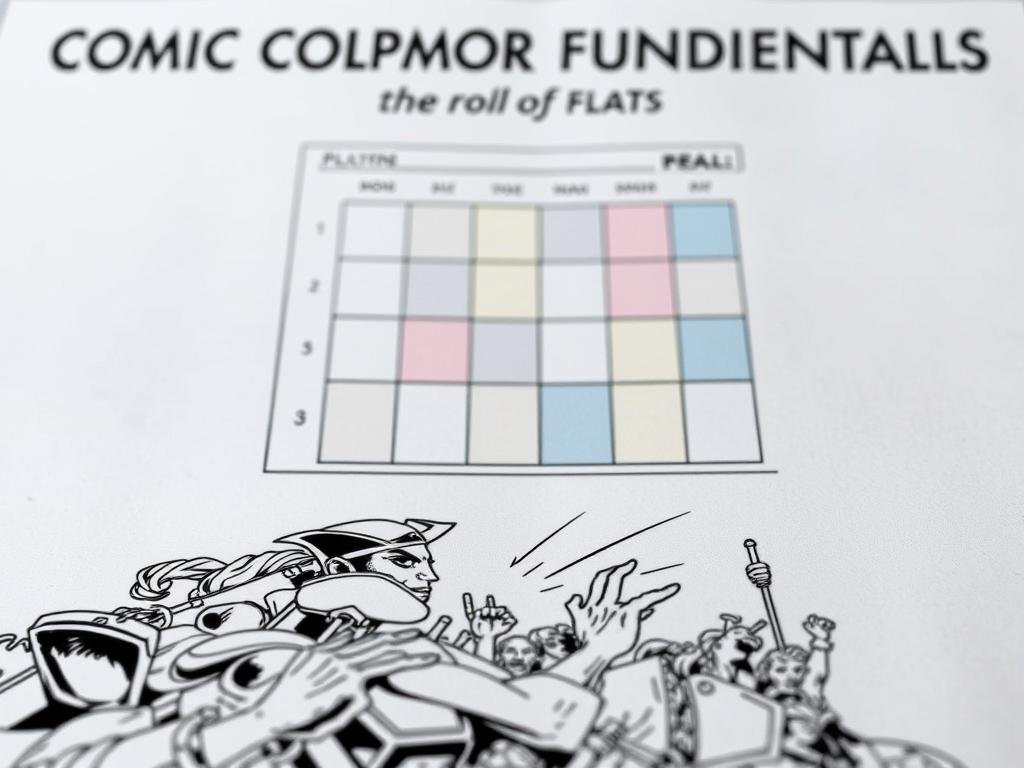
When I first picked up a graphic novel, I was mesmerized by the vibrant colors that brought characters to life. Little did I know about the intricate process behind those stunning visuals. My journey into understanding flats comic coloring crucial role began with a simple curiosity about how artists transform black and white sketches into breathtaking visual narratives.
Comic book coloring fundamentals are far more complex than most readers realize. The unsung heroes of this process are the flats – the foundational color layers that serve as the backbone of every colorful panel.
These initial color blocks might seem simple, but they’re the critical first step in creating the visual magic that captivates readers.
As a passionate observer of comic art, I’ve learned that flatting is more than just filling in color spaces. It’s a meticulous craft that requires precision, creativity, and an deep understanding of color theory.
Professional colorists use these foundational layers to establish mood, highlight characters, and guide the reader’s eye through the narrative.
In this exploration, we’ll dive deep into the world of comic coloring, uncovering the secrets behind those eye-catching pages that transport us to incredible visual worlds. From traditional techniques to cutting-edge digital methods, our journey will reveal why flats are the unsung heroes of comic book artistry.
Introduction to Comic Book Coloring Fundamentals
Digital comic coloring has transformed the artistic landscape of graphic storytelling. As a professional colorist, I’ve witnessed the remarkable evolution of comic coloring techniques that have revolutionized how we create and experience visual narratives.
The journey of comic book coloring spans decades of artistic innovation. What began as a labor-intensive manual process has now become a sophisticated digital art form that offers unprecedented creative possibilities.
From Traditional to Digital Mastery
Comic coloring techniques have dramatically changed with technological advancements. Artists now have powerful digital tools that provide:
- Infinite color palette options
- Precise layer management
- Instant editing capabilities
- Enhanced color consistency
Color’s Storytelling Power
Color is more than aesthetic decoration—it’s a critical storytelling element. Through strategic color choices, artists can:
- Establish emotional atmosphere
- Guide reader’s visual focus
- Communicate character psychology
- Create narrative depth
Modern Workflow Insights
Digital comic coloring workflows now emphasize efficiency and collaboration. Professional colorists utilize sophisticated software that streamlines complex processes, allowing for faster production and more intricate visual storytelling.
Color transforms lines into living, breathing narratives.
By embracing digital comic coloring techniques, artists can push creative boundaries while maintaining technical precision and artistic integrity.
What Are Flats in Comic Book Coloring
In the vibrant world of comic book illustration, the definition of flats represents a critical foundation for creating stunning visual narratives. Flats are the initial color blocking stage where artists lay down solid, uniform colors across different areas of an image without any shading or detailed rendering.

Think of the comic flatting process like preparing a canvas for a masterpiece. Just as a house needs a solid foundation, comics require a precise base of flat colors before advancing to more complex coloring techniques. Artists meticulously separate each element—character skin, clothing, background—with distinct, clean color fields.
- Provides a color roadmap for the entire illustration
- Enables quick color palette adjustments
- Simplifies selection and editing of specific areas
Professional colorists use specialized digital tools to create precise flat, ensuring each section is clearly defined and ready for further artistic refinement.
| Flat Color Stage | Purpose |
|---|---|
| Color Blocking | Establish initial color regions |
| Area Separation | Define distinct elements |
| Palette Selection | Choose preliminary color scheme |
Flats transform raw line art into a structured, colorful foundation, preparing the illustration for the intricate shading and rendering that will bring the comic to life.
The Technical Process of Flatting
Navigating the world of comic book coloring requires mastering specific flatting techniques that transform raw artwork into vibrant visual stories. My experience in digital illustration has taught me the intricate nuances of comic color separation, which begins with precise selection and preparation.
Professional flatters rely on strategic selection tools to create clean, defined color areas. These tools are critical for establishing the foundational color layers in comic book illustrations.
Essential Selection Tools for Flatting
- Marquee Tools (Rectangle, Elliptical)
- Lasso Selection Techniques
- Polygonal Lasso for Complex Shapes
- Magic Wand for Quick Selections
Color Separation Strategies
Effective comic color separation demands precision and methodical approach. I typically recommend breaking down artwork into distinct color zones, ensuring each element receives accurate chromatic representation.
| Selection Method | Precision Level | Typical Use |
|---|---|---|
| Rectangular Marquee | High | Geometric Shapes |
| Lasso Tool | Medium-High | Irregular Shapes |
| Magic Wand | Low-Medium | Uniform Color Areas |
Anti-Aliasing Considerations
When working with flatting techniques, I always disable anti-aliasing to maintain crisp, clean edges. This approach ensures sharp color boundaries that preserve the original artwork’s integrity.
By understanding these technical processes, comic book colorists can create stunning visual narratives with precise and professional color separation techniques.
Flats Comic Coloring Crucial Role in Production
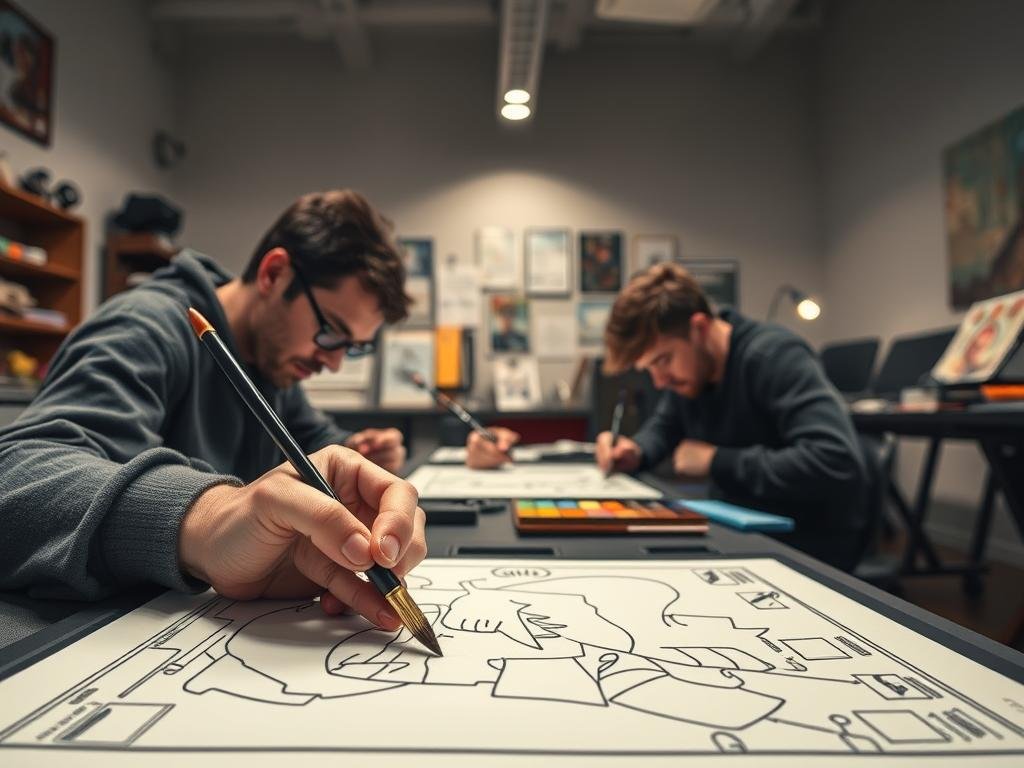
In the intricate world of comic book production, flats play a pivotal role that often goes unnoticed by readers. As a professional in the comic production process, I’ve witnessed firsthand the importance of flats in transforming raw artwork into vibrant, polished pages.
Flats serve as the foundational layer of color preparation, creating precise selections that prevent potential printing errors. They act as a critical step in the comic coloring workflow, ensuring clean and accurate color application.
- Establish base color regions
- Prevent color bleeding during printing
- Simplify complex color selections
- Reduce time-consuming color separation
The technical significance of flats becomes clear when examining their impact on final comic book quality. By meticulously defining color boundaries, flats help artists and colorists achieve exceptional visual consistency.
| Production Stage | Flat’s Contribution |
|---|---|
| Initial Artwork | Color region mapping |
| Color Separation | Precise color boundary definition |
| Printing Preparation | Error prevention and color accuracy |
Professional comic book creators understand that investing time in creating high-quality flats dramatically improves the overall production efficiency. The importance of flats cannot be overstated in delivering visually stunning comic book experiences.
Essential Tools and Software for Flatting
Digital comic flatting has transformed the way artists approach color preparation. As a professional in the industry, I’ve seen firsthand how powerful digital flatting tools can streamline the coloring process for comic book artists and colorists.
Modern comic flatting software offers a range of sophisticated features that make color separation more efficient and precise. Professional artists rely on several key digital tools to create stunning comic book artwork.
Professional Software Solutions
Adobe Photoshop remains the gold standard for comic flatting software. Its versatile toolset provides artists with unparalleled flexibility in digital color preparation.
- Advanced selection tools for precise color separation
- Robust layer management systems
- Customizable color palettes
- Quick mask and quick selection features
Innovative Layer Management
Layer management is crucial in digital flatting tools. By organizing colors into separate layers, artists can easily manipulate and adjust artwork without compromising the original linework.
Time-Saving Digital Techniques
I recommend exploring digital flatting tools that offer:
- Automatic color fill algorithms
- Smart selection technologies
- Batch processing capabilities
- Customizable keyboard shortcuts
Investing in professional comic flatting software can dramatically reduce production time while maintaining high-quality artistic standards.
The Relationship Between Flatters and Colorists
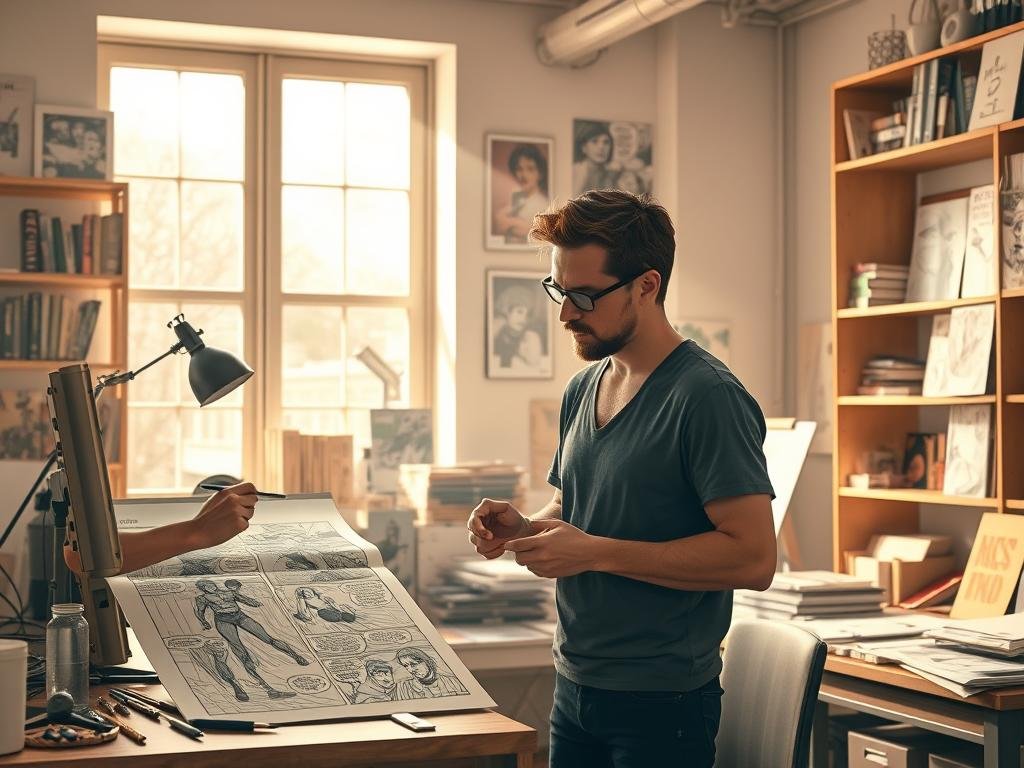
In the intricate world of comic book production, the flatter colorist collaboration represents a critical partnership that brings visual stories to life. Flatters play an essential role in the comic production team, serving as the critical first step in the coloring process.
The relationship between flatters and colorists is deeply symbiotic. Flatters prepare the groundwork by separating visual elements using solid, flat colors. This preliminary work allows colorists to focus on more nuanced artistic choices. My experience in the industry has shown me how this collaboration can dramatically streamline the comic book creation workflow.
- Flatters create base color separations
- Colorists add depth and emotional tone
- Together, they transform line art into vibrant narratives
Digital tools have revolutionized this partnership. Advanced software enables seamless communication and more efficient workflows. The comic production team now works with unprecedented precision and speed.
| Flatter’s Role | Colorist’s Role |
|---|---|
| Color separation | Artistic color application |
| Technical preparation | Creative interpretation |
| Efficiency enhancement | Visual storytelling |
Clear communication remains the cornerstone of successful flatter colorist collaboration. By understanding each other’s strengths and challenges, these professionals create stunning visual experiences that captivate readers.
Color Selection and Organization Strategies
In the world of comic book coloring, selecting the right colors is an art form that goes far beyond simple aesthetic choices. Comic color selection plays a crucial role in storytelling, mood, and visual communication. As a professional colorist, I’ve learned that every color choice can dramatically impact how readers experience a narrative.
Effective color organization techniques help artists create cohesive and compelling visual experiences. Let me break down the key strategies I use when approaching color selection:
- Understand the emotional palette of your story
- Consider genre-specific color traditions
- Create a consistent color language
- Use color to guide reader’s eye
Base Color Implementation
When implementing base colors, I focus on establishing a foundational palette that supports the narrative. This means selecting colors that:
- Reflect character personalities
- Represent environmental context
- Enhance storytelling dynamics
- Maintain visual consistency
Color Coding Systems
Professional colorists often develop personal color coding systems to streamline their workflow. These systems help maintain visual continuity and reduce production time. My approach involves creating a reference palette that maps out key color relationships throughout the comic’s storyline.
Color is not just decoration—it’s a powerful storytelling tool that communicates emotions and guides reader perception.
Common Flatting Mistakes and How to Avoid Them
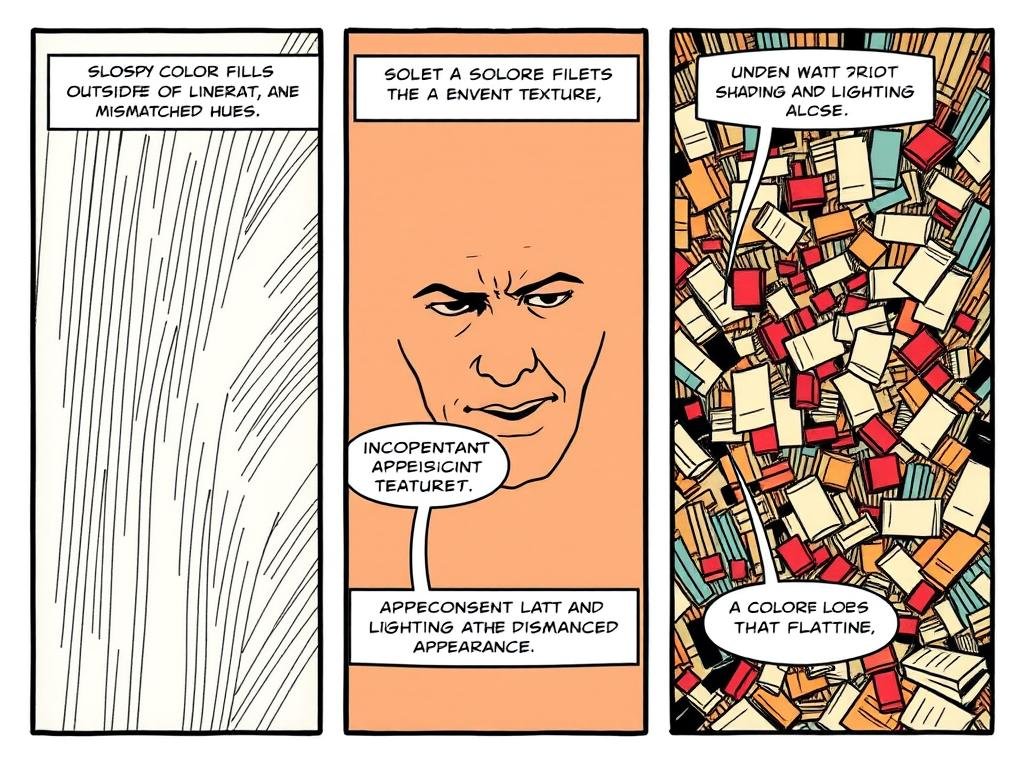
Navigating the complex world of comic book coloring requires precision and skill. Flatting errors can derail an entire coloring project, making it crucial to understand and avoid common pitfalls in the digital coloring process.
When working on flatting, I’ve discovered several critical mistakes that can compromise the quality of comic artwork. Flatting errors often stem from rushed techniques or inadequate selection methods.
- Treating multiple elements as a single selection
- Incorrect layer management
- Improper color separation
- Overlooking anti-aliasing challenges
Let me break down the most frequent comic coloring mistakes I’ve encountered during flatting:
| Flatting Error | Potential Impact | Prevention Strategy |
|---|---|---|
| Merged Selections | Loss of detail and precision | Use refined selection tools |
| Inconsistent Color Zones | Uneven color distribution | Establish clear color boundaries |
| Over-complicated Paths | Increased rendering time | Simplify vector paths |
Professional flatters understand that attention to detail separates exceptional comic coloring from mediocre work. By recognizing these common flatting errors, artists can dramatically improve their digital workflow and produce more polished, professional comic artwork.
My recommendation is to practice meticulous selection techniques, utilize advanced software tools, and always maintain a systematic approach to color separation. These strategies will help minimize comic coloring mistakes and elevate the overall quality of your flatting process.
Professional Workflow Integration
Navigating the comic production workflow requires strategic planning and seamless communication. As a professional in comic creation, I’ve learned that flatting plays a critical role in streamlining the entire coloring process.
The integration of flatting into the broader comic book production pipeline demands precision and careful coordination.
Successful flatting in comic creation involves several key strategies:
- Establishing clear communication channels between artists and flatters
- Developing standardized color separation techniques
- Implementing efficient digital workflow management
- Creating consistent quality control checkpoints
Professional teams typically organize their workflow using specialized digital tools that enhance collaboration. I recommend developing a structured approach that allows for smooth transitions between different production stages.
| Production Stage | Flatting Role | Key Responsibilities |
|---|---|---|
| Pre-Coloring | Preparation | Layer organization, color blocking |
| Coloring Process | Support | Color separation, base layer creation |
| Final Review | Quality Control | Consistency check, refinement |
Effective comic production workflow requires flatters to be proactive communicators. Time management becomes crucial in meeting project deadlines while maintaining high-quality color preparation.
By understanding and implementing these professional integration techniques, comic artists can optimize their production process and create visually stunning artwork efficiently.
Quality Control and Technical Requirements
Navigating the intricate world of comic production requires a deep understanding of technical specifications and quality control measures. Digital comic standards and comic print requirements play a crucial role in ensuring the highest quality visual storytelling.
When preparing artwork for publication, creators must pay close attention to several key technical aspects:
- Color mode specifications
- Resolution and file formatting
- Print and digital compatibility
Print Specification Essentials
Professional comic production demands precise color management. Most publishers use the CMYK color process, which requires specific technical considerations:
| Color Mode | Resolution | File Format |
|---|---|---|
| CMYK | 300 DPI | High-resolution PDF |
| RGB | 200-250 DPI | TIFF or PSD |
Digital Publishing Standards
Digital comic standards require specific technical preparations. I recommend understanding the unique requirements for different digital platforms, including color gamut limitations and file size constraints.
- Optimize images for web and mobile display
- Maintain consistent color profiles
- Ensure compatibility across multiple devices
Mastering these technical requirements ensures your comic artwork looks stunning in both print and digital formats, meeting professional industry standards.
Career Opportunities in Comic Flatting
Diving into comic flatting jobs can be an exciting pathway for creative professionals looking to break into the comic book production world. The flatting career offers a unique entry point into the vibrant comic book industry, providing opportunities for artists with keen eye for detail and digital skills.
Aspiring flatters can explore several promising avenues to launch their professional journey:
- Freelance platforms specializing in comic book production
- Online portfolios showcasing digital coloring skills
- Professional networking within comic book communities
- Direct outreach to comic book publishers and studios
The financial prospects for comic flatting jobs are surprisingly attractive. Professional flatters typically earn between 10-15 USD per page, which can translate into a solid income for those who develop efficient workflows and build a strong reputation.
Key skills that can elevate your flatting career include:
- Advanced digital art software proficiency
- Precision in color selection and separation
- Quick understanding of artistic styles
- Strong communication with colorists and artists
Many successful comic book professionals started their careers in flatting, using it as a strategic stepping stone to broader opportunities in illustration and digital art.
While the flatting career might seem niche, it represents a critical component of comic book production. Skilled flatters are always in demand, providing an accessible entry point for artists passionate about bringing visual stories to life.
Conclusion
As we’ve explored throughout this article, the importance of flatting in comic book coloring cannot be overstated. This critical process transforms raw artwork into vibrant, dynamic visual storytelling that captures readers’ imaginations.
The future of comic coloring depends on skilled professionals who understand the intricate techniques of color separation and digital preparation.
I’ve seen firsthand how flatting serves as the foundational layer that brings comic art to life. Professional colorists deserve significant recognition for their technical expertise and creative contributions.
The art is truly incomplete until the coloring process is finished, with flats playing a crucial role in establishing the visual language of each panel and page.
Looking ahead, the future of comic coloring continues to evolve with advanced digital tools and innovative techniques. Artists and colorists are pushing boundaries, creating more complex and nuanced color palettes that enhance storytelling in ways never before possible.
As technology progresses, the importance of flatting will only become more pronounced, bridging the gap between raw line art and fully realized visual narratives.
Ultimately, flatting is more than just a technical step – it’s an art form that requires skill, creativity, and a deep understanding of visual communication. The comic book industry continues to recognize and celebrate the incredible talent of colorists who bring depth, emotion, and life to every page.
FAQ
Q: What exactly are flats in comic book coloring?
A: Flats are the foundational color layer in comic book coloring, essentially serving as a base layer that separates different areas of an image with solid, simplified colors. Think of them like a digital paint-by-numbers approach, where each distinct area of an illustration is filled with a unique, flat color before additional shading and rendering techniques are applied.
Q: Why are flats so important in the comic coloring process?
A: Flats are crucial because they provide a clean, organized base for subsequent coloring stages. They help colorists efficiently select and manipulate specific areas of an image, prevent color bleed-through, and ensure precise color separation. Without well-executed flats, the entire coloring workflow becomes significantly more complex and time-consuming.
Q: Can I learn flatting if I’m not a professional artist?
A: Absolutely! Flatting is a technical skill that can be learned with practice, even if you don’t have advanced artistic abilities. Many digital tools like Adobe Photoshop offer selection and filling tools that make the flatting process accessible to beginners. With patience and consistent practice, anyone can develop proficiency in comic book flatting.
Q: What software is best for creating flats?
A: Adobe Photoshop is the industry standard for flatting, offering robust selection tools and layer management features. However, other software like Clip Studio Paint and Procreate also provide excellent flatting capabilities. The key is finding a program with precise selection tools and efficient color management.
Q: How long does the flatting process typically take?
A: The time required for flatting varies depending on the complexity of the artwork. A single comic book page can take anywhere from 30 minutes to 2-3 hours. Experienced flatters using efficient techniques and digital tools can often complete pages more quickly, while intricate or detailed illustrations might require more time.
Q: Is flatting a viable career path in the comic book industry?
A: Yes, flatting can be a legitimate entry point into professional comic book production. Many artists start as flatters and develop connections in the industry, which can lead to opportunities in coloring, illustration, or other related roles. Rates typically range from – per page, depending on complexity and the artist’s experience level.
Q: What skills are most important for successful flatting?
A: Key skills include attention to detail, proficiency with digital selection tools, understanding of color theory, and strong organizational capabilities. Technical precision, patience, and the ability to work efficiently are also crucial. Familiarity with graphic design software and a basic understanding of comic book art styles will help you excel in flatting.
Q: Do digital comics require the same flatting process as print comics?
A: While the fundamental flatting process remains similar, digital comics might have slightly different technical requirements. Digital platforms often have specific color space and resolution guidelines. However, the core technique of creating clean, separated color areas remains consistent across both digital and print comic production.
